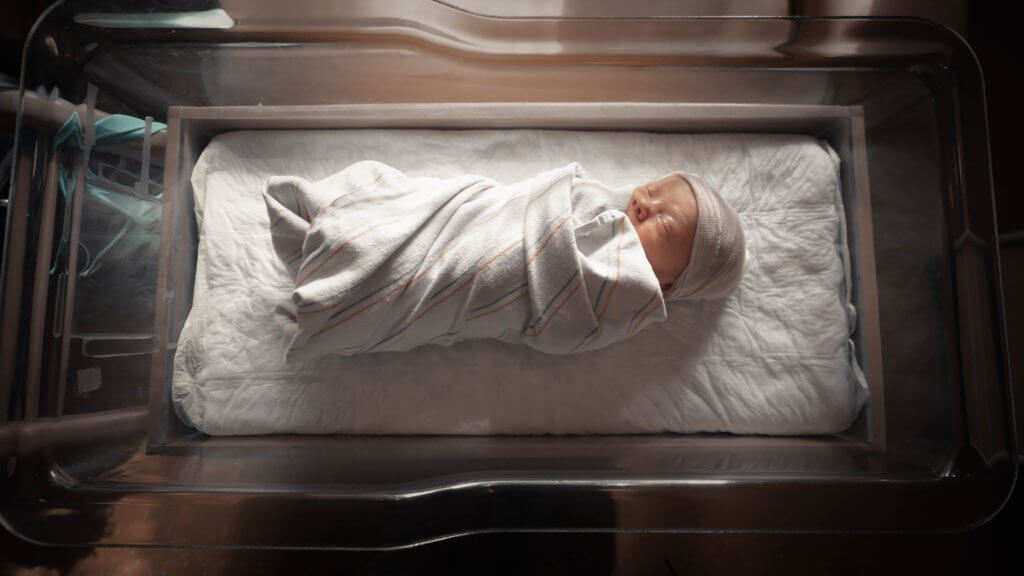LOS ANGELES — The U.S. opioid crisis is affecting the very youngest among us. Researchers at Children’s Hospital Los Angeles discovered that one in five hospitalized infants receives opioids during their treatment. In some extreme cases, babies require methadone, a weaker opioid used to treat opioid withdrawal, post-surgery, causing them to be hospitalized for an additional three weeks.
According to the team, this highlights a need to reevaluate current treatment approaches.
Over the past decade, the U.S. has seen a sharp increase in deaths resulting from opioid overdose, with a staggering 80,000 deaths reported in 2021. However, the risks of opioids extend beyond overdose. Opioids are highly addictive, and cessation can lead to severe withdrawal symptoms.
“It seems unbelievable, but the same thing happens to babies,” says Dr. Lorraine Kelley-Quon, a pediatric surgeon at CHLA, in a media release. “If you abruptly stop opioids in babies, they can show signs of withdrawal — irritability, intestinal problems or even seizures.”
Dr. Kelley-Quon examined the implications of methadone use on infants’ post-surgery recovery. The study encompassed over 2,000 babies from 48 children’s hospitals. These infants underwent surgery for necrotizing enterocolitis (NEC), an emergency condition found mainly in premature newborns.
The findings revealed that infants treated with methadone post-surgery stayed in the hospital for an average of 21 additional days. These babies also needed extended time on ventilators and relied more heavily on intravenous (IV) nutrition.

The question arises: Why are infants given opioids? The answer centers on pain management. Opioids effectively treat pain, especially post-surgery. However, unlike older children, babies cannot be given common pain relievers like ibuprofen.
“Nobody wants a baby to be in pain,” says Dr. Kelley-Quon. “We don’t want to stop using opioids, especially when a baby is undergoing an operation. What we do want is to understand the impact of opioids and use them more judiciously.”
However, the usage pattern of opioids and methadone varies drastically among hospitals.
“We found such a wide range in what hospitals were doing,” notes Dr. Kelley-Quon. “In some hospitals, over 40 percent of infants received methadone. In other hospitals, methadone isn’t used at all.”
These variations underline the urgent need to standardize opioid treatments across hospitals.
For years, Dr. Kelley-Quon has been diving deep into the implications of the opioid epidemic on children. She previously introduced the first evidence-based guidelines for safer pain management in children and adolescents. She emphasizes the importance of what she terms “opioid stewardship.”
The findings are published in JAMA Network Open.
You might also be interested in:
- ‘Pediatric health crisis’: Alarming number of children arriving at ERs addicted to opioids
- Boosting the body’s natural painkillers could end the need for opioids
- Only 1 in 4 opioid overdose treatment centers for children offer buprenorphine, study reveals

